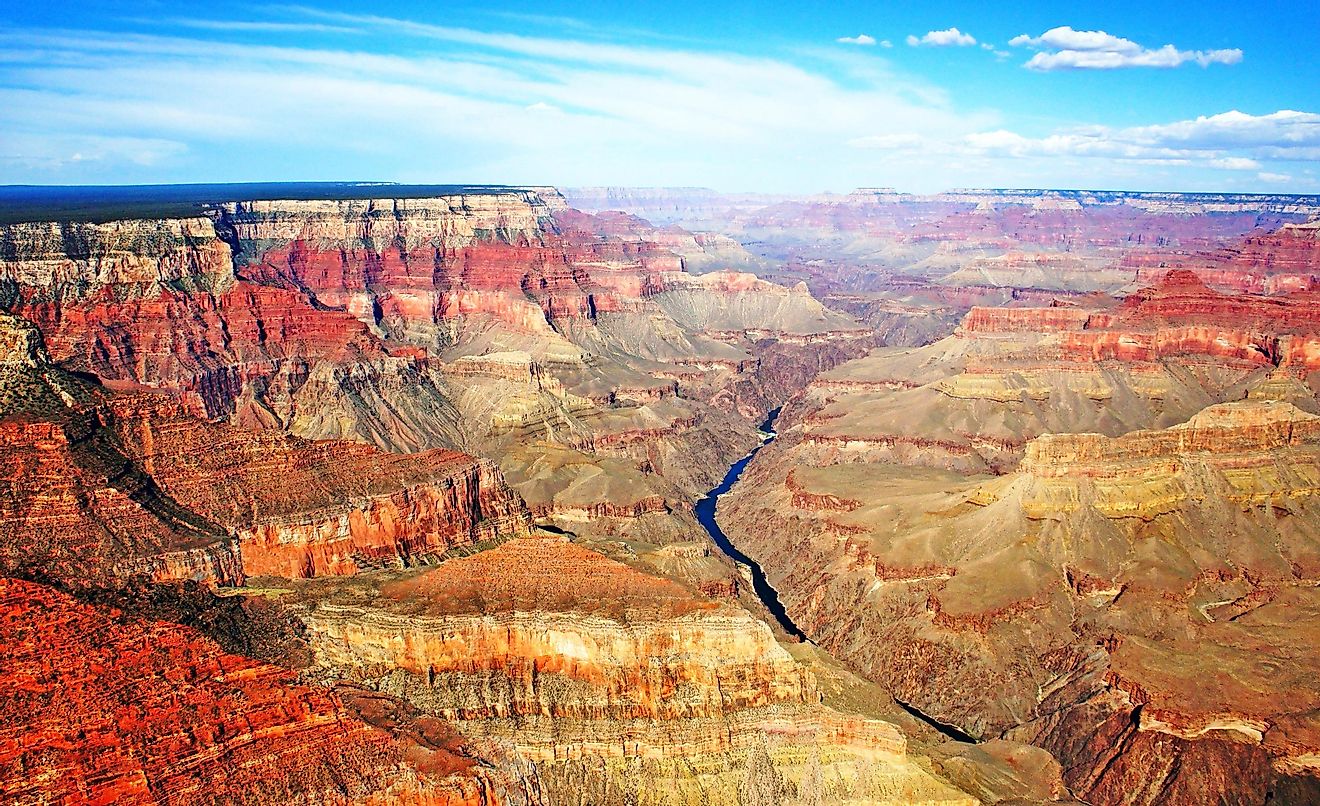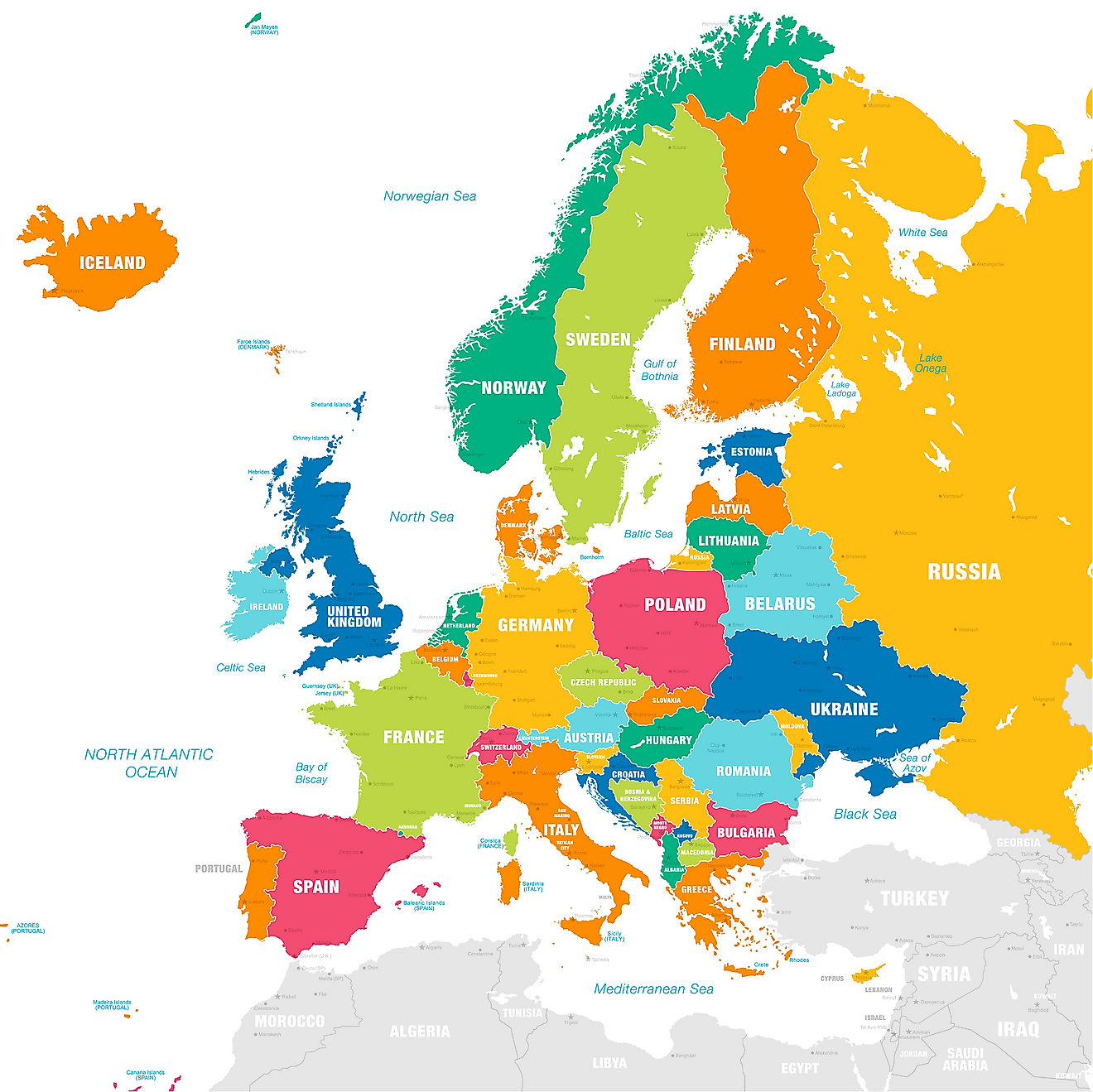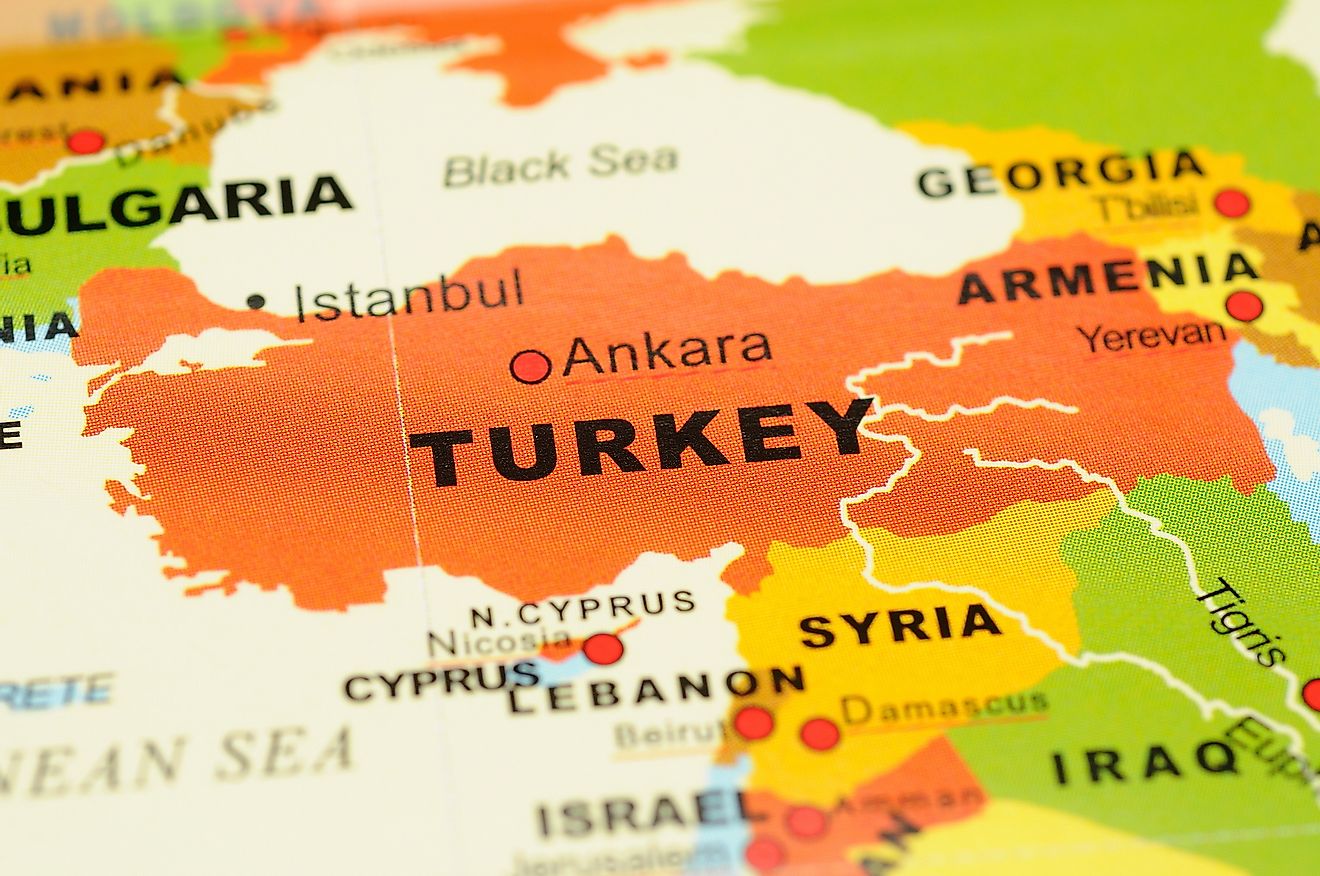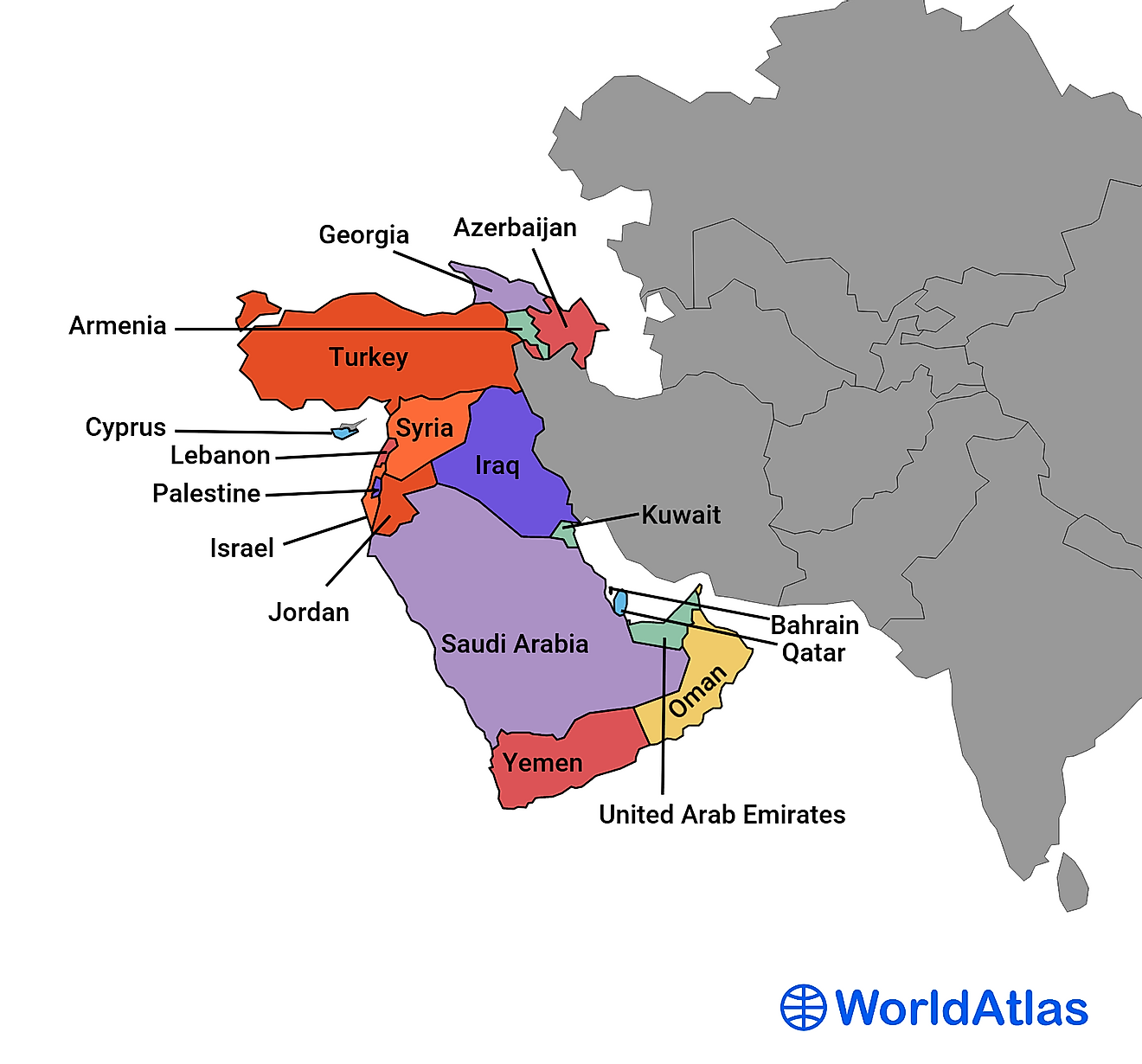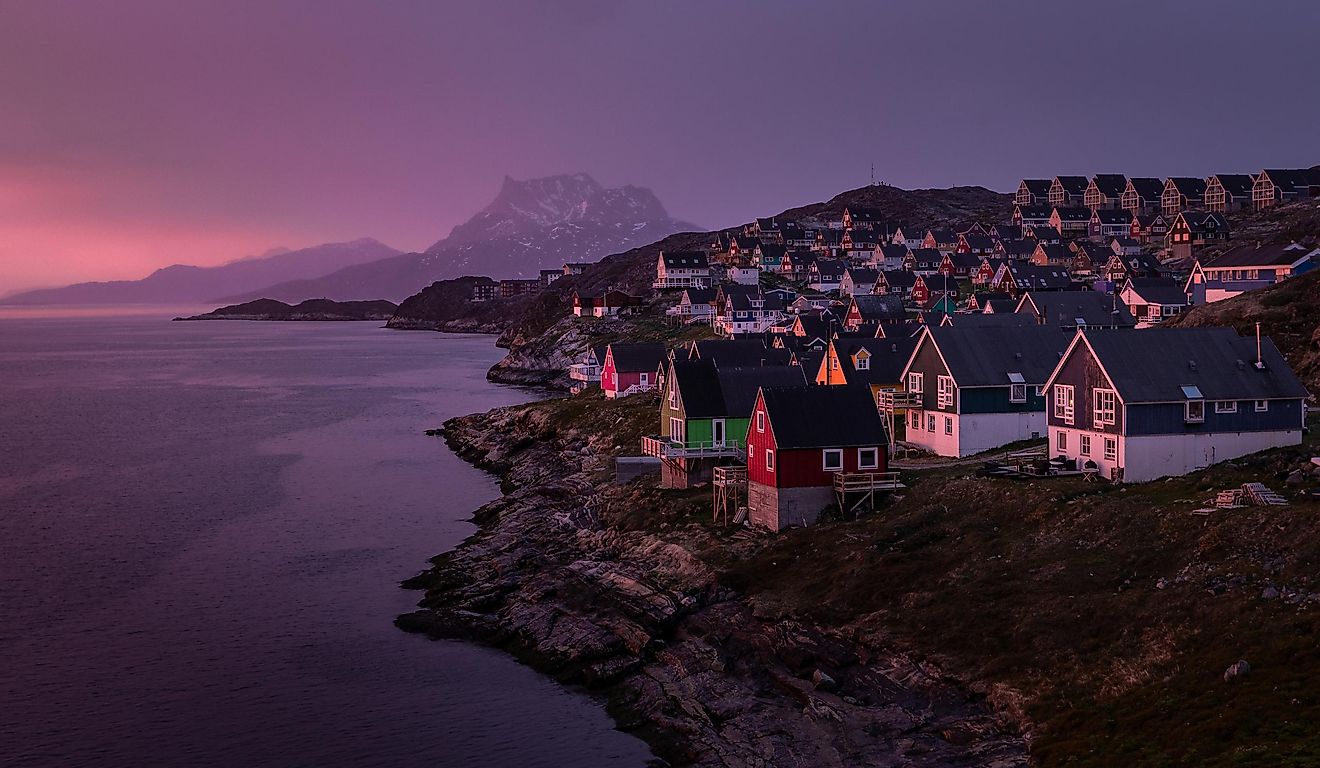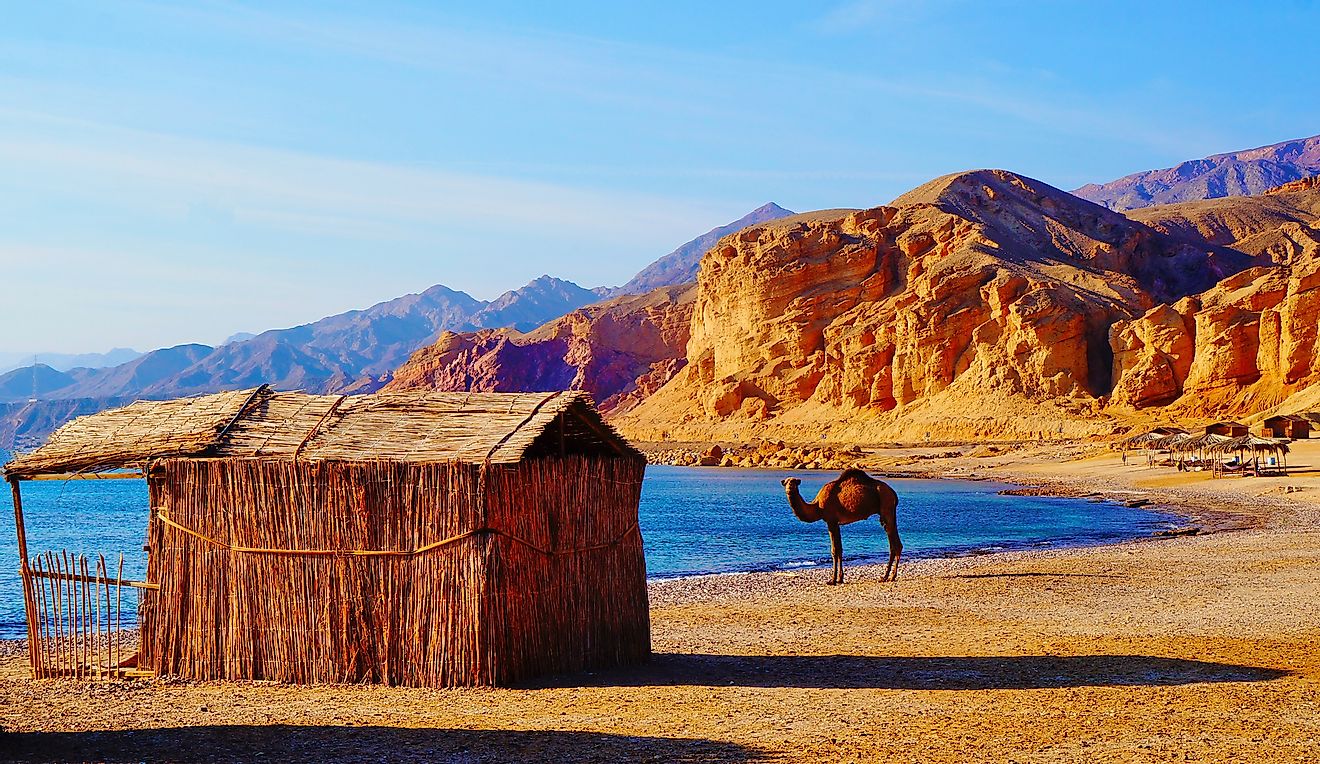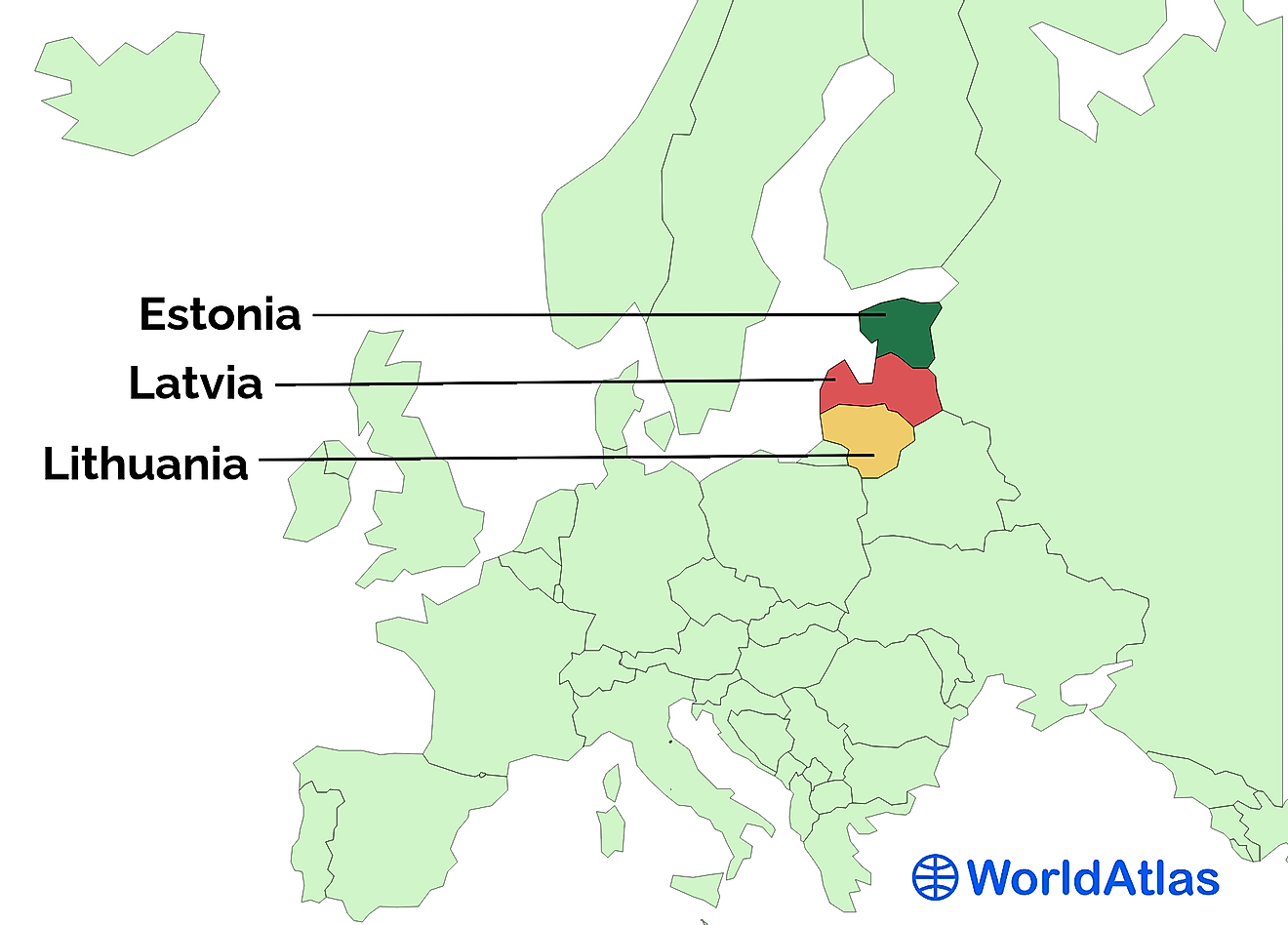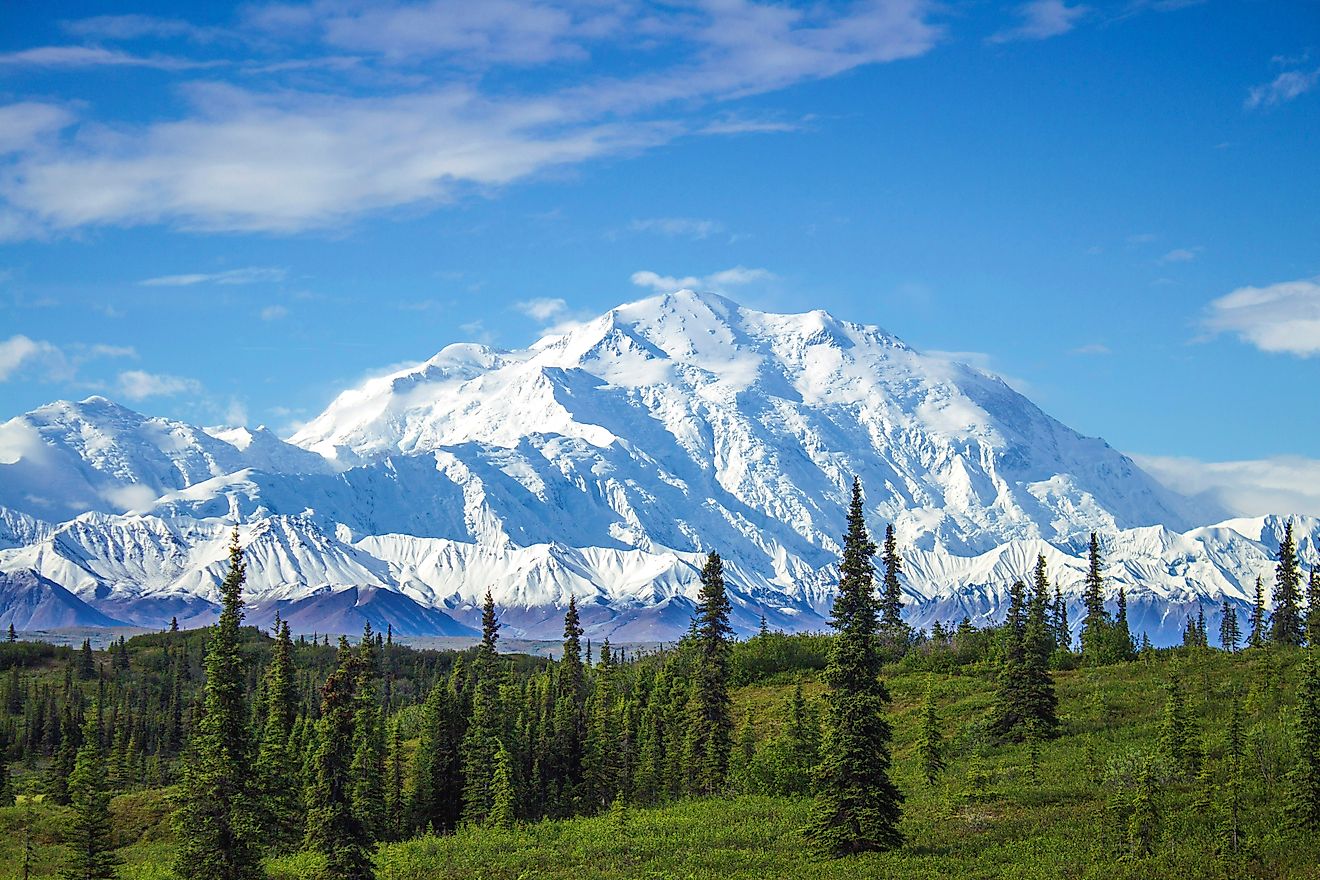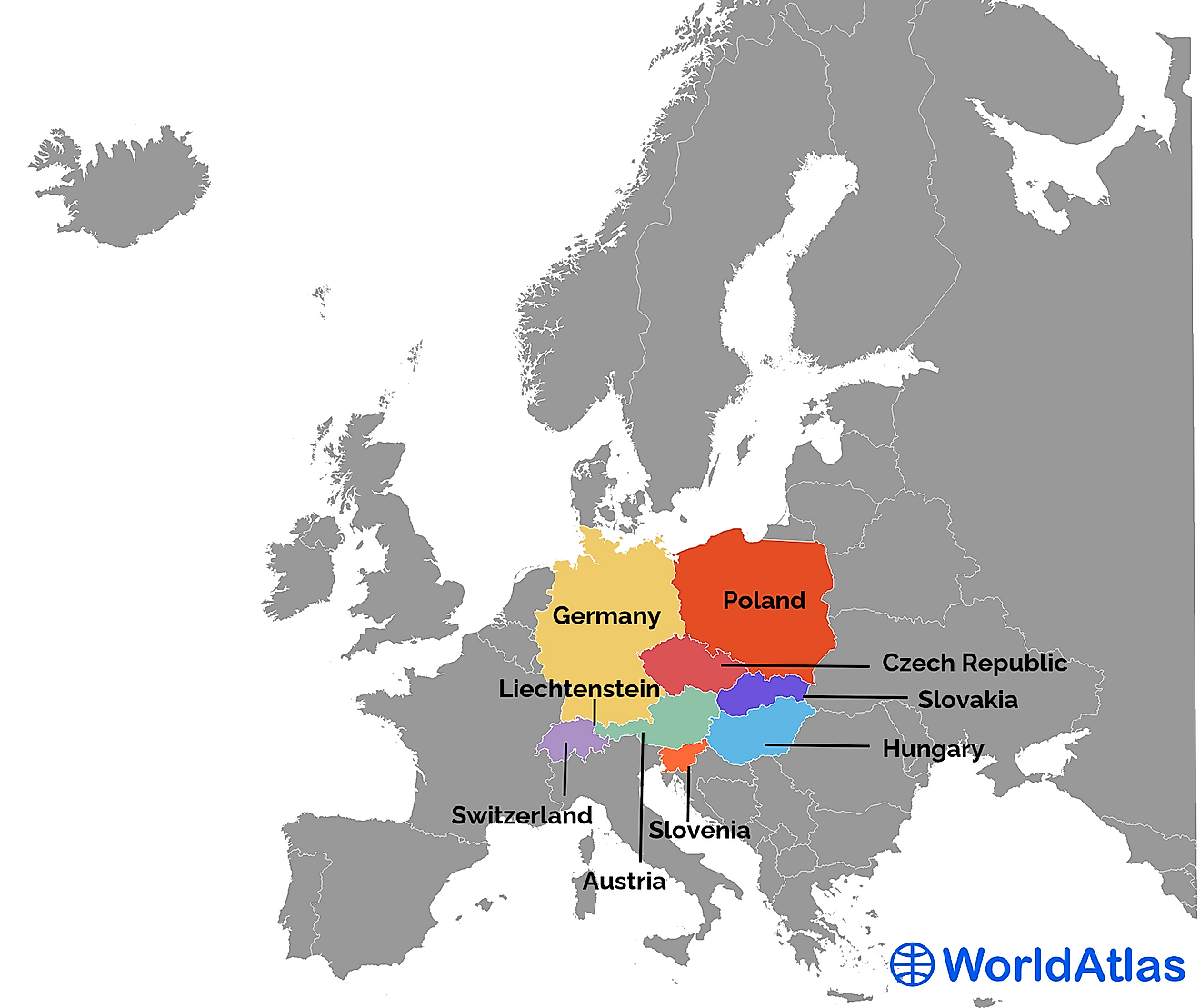4 Types Of Tectonic Plate Movement
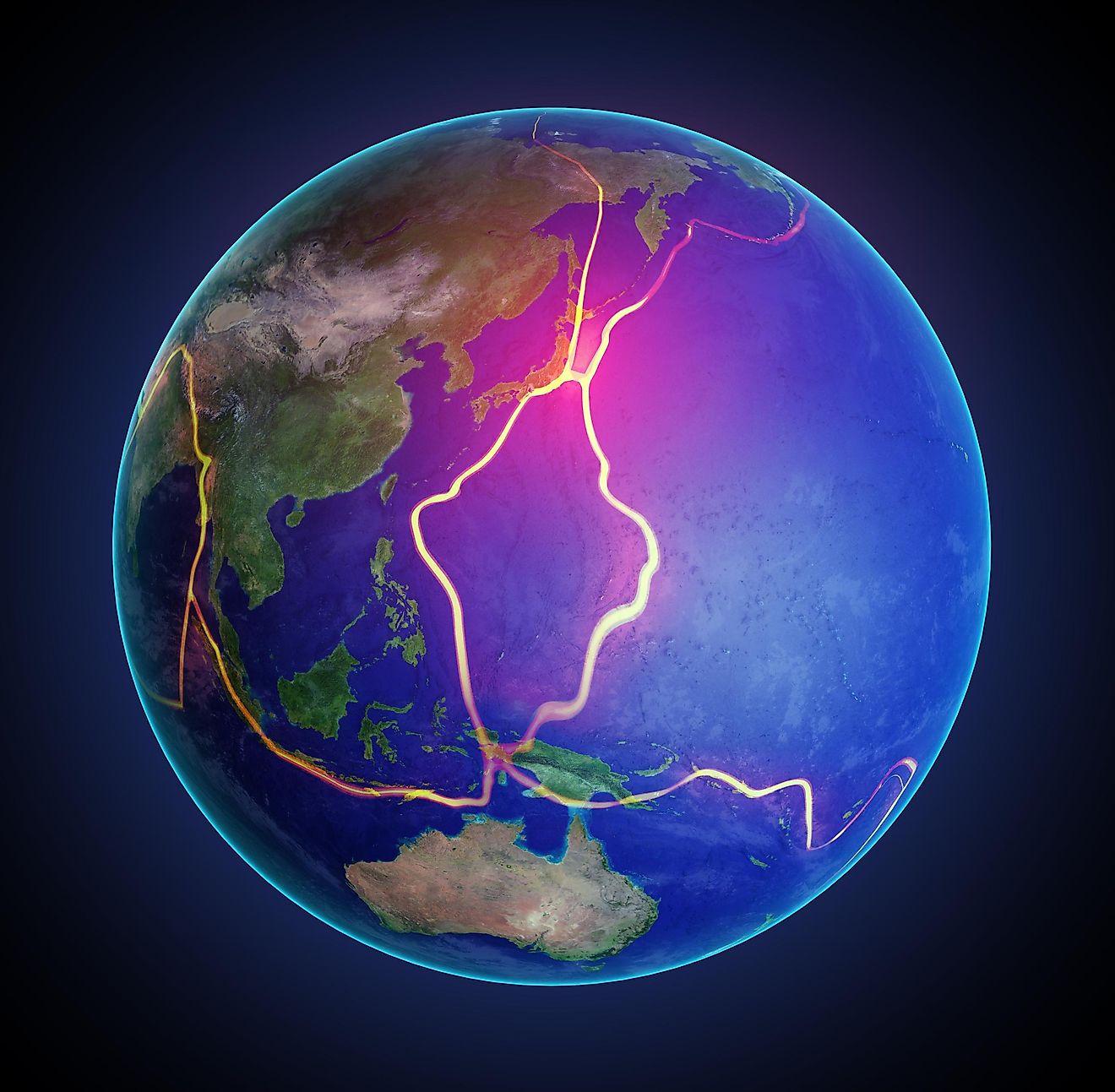
- Alfred Wegener was the first scientist to present the theory of continental drift in 1915, although it wasn’t widely accepted until the 1960s.
- There are four types of boundaries between tectonic plates that are defined by the movement of the plates: divergent and convergent boundaries, transform fault boundaries, and plate boundary zones.
- Microplates are smaller fragments of tectonic plates that appear in plate boundary zones.
The crust of our planet is constantly evolving and changing. It is a dynamic structure and this can be best seen whenever an earthquake occurs. Understanding how the plates in our planet’s crust move, was something scientists struggled with for years. However, in 1915, Alfred Wegener presented the theory of continental drift. At first the majority of scientists were highly critical of his work, and it was not until the 1960s that it was accepted as scientifically true.
This theory gave birth to modern studies of plate tectonics. These studies describe the crust of our planet as being made up of different plates. These plates move and interact with each other, and today we already know plenty about them. There are 4 different types of tectonic plate boundaries. These boundaries describe how the plates are moving, which is what we will be talking about in this article.
Divergent Boundaries
Divergent boundaries occur when a specific movement happens between the plates. This movement is the plates pulling away from each other. The area between the plates is known as the rift zone. The thing that is common in rift zones is high volcanic activity. The plates start pulling away from each other and lava is released to create a new crust. The Horn of Africa is a famous example of a rift zone.
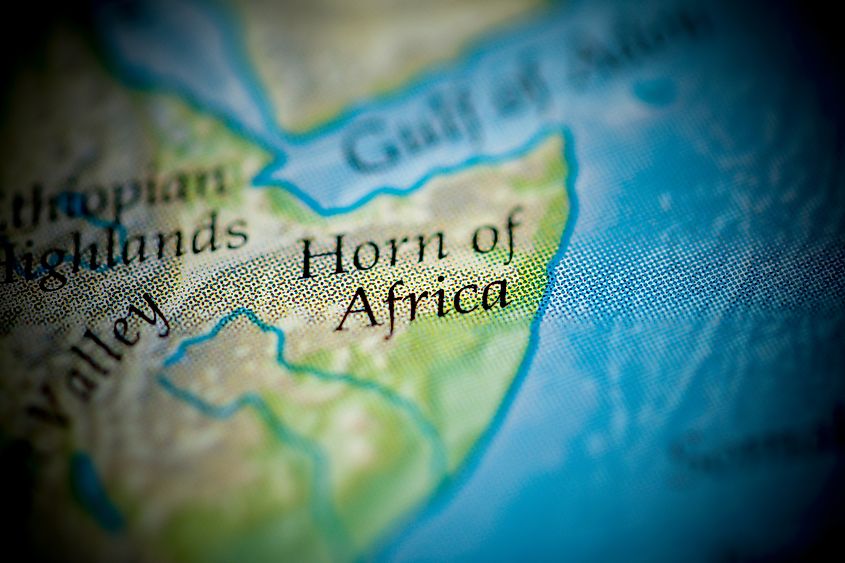
A second well-known example of a rift zone is the mid-Atlantic ridge. Both of these areas are known for their intense volcanic activity. This zone is placed deep underwater. It is the place where a new oceanic crust is rising out of the rift. This crust is forming a new ocean floor. It is a fascinating example of what can happen if the plates are moving from each other.
Convergent Boundaries
You probably already guessed what type of movement occurs in these boundaries. For those that didn’t, convergent boundaries happen in places where two plates meet. This means they are characterized by two plates moving towards each other. Whenever this happens, one of the plates starts to move underneath the other one. The crust which is heavier is usually the one that moves underneath the lighter crust.
Once this happens, a deep oceanic trench is formed. This trench is often close to continental land. This influences the land as well, creating high mountain ranges. Several ranges throughout the world were created by the plates moving under each other. If neither of the plates is noticeably heavier (meaning both are continental), neither will move under the other one. They will push into each other and move the material upwards. This is how the boundary between India and Asia was formed.
Transform Fault Boundaries And Plate Boundary Zones
Transform fault boundaries are defined by the movement when two plates slide past each other. This movement creates a transform fault or a boundary. These boundaries mostly happen on the ocean floor, although some are known to appear on land. One example of a transform boundary on land is the San Andreas fault line in California.
The last type of movement between tectonic plates is hard to place into a specific group. These boundaries do not fall into any of the previous categories, so we call them plate boundary zones. No deformation happens during this movement, meaning there are no interactions between plates. These areas are defined by the appearance of smaller fragments of plates called microplates. Their geological structures are extremely complicated.
